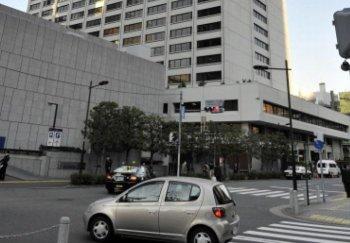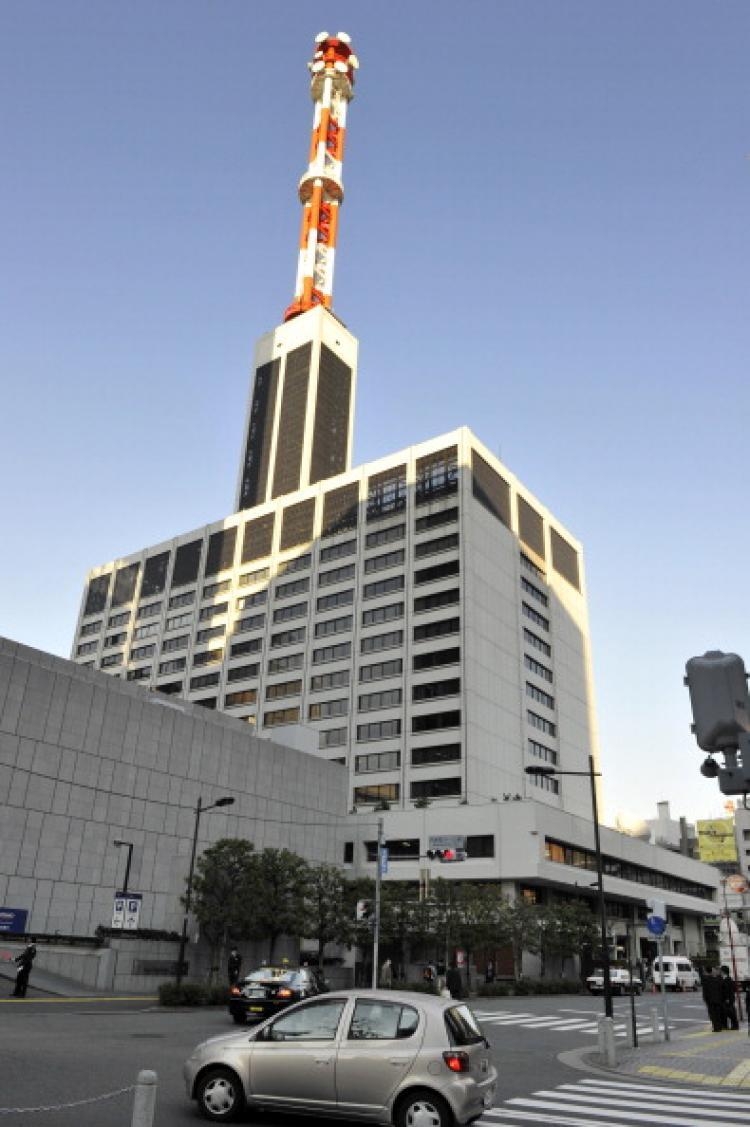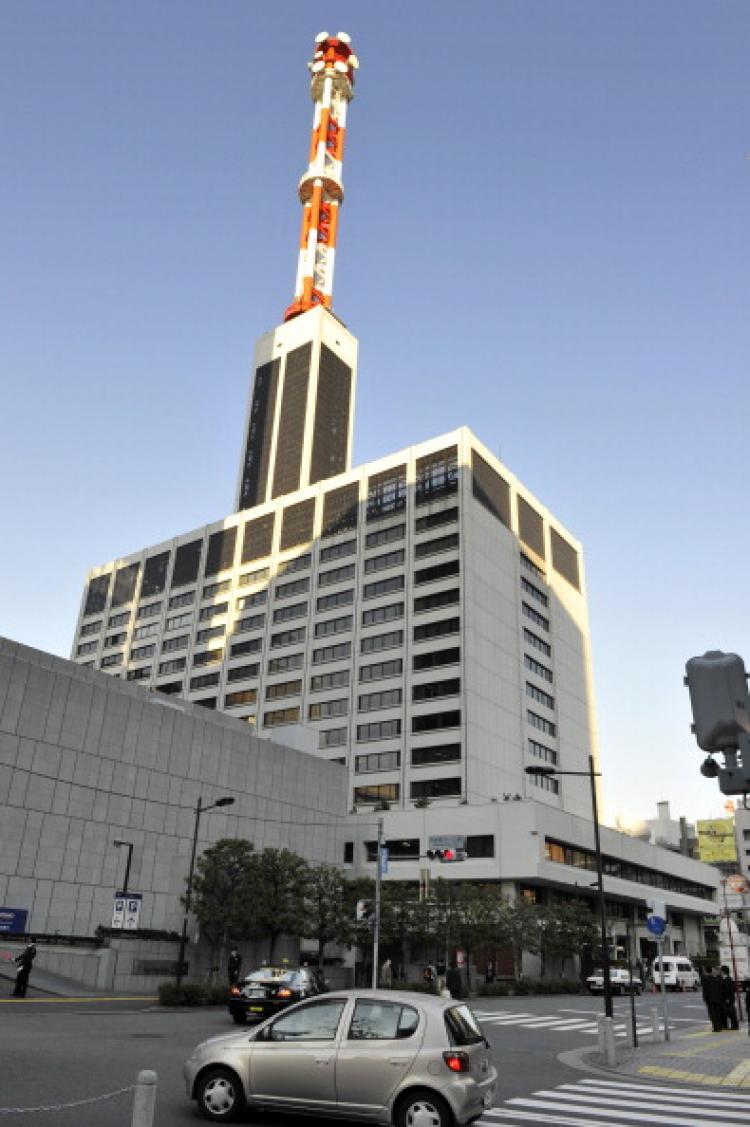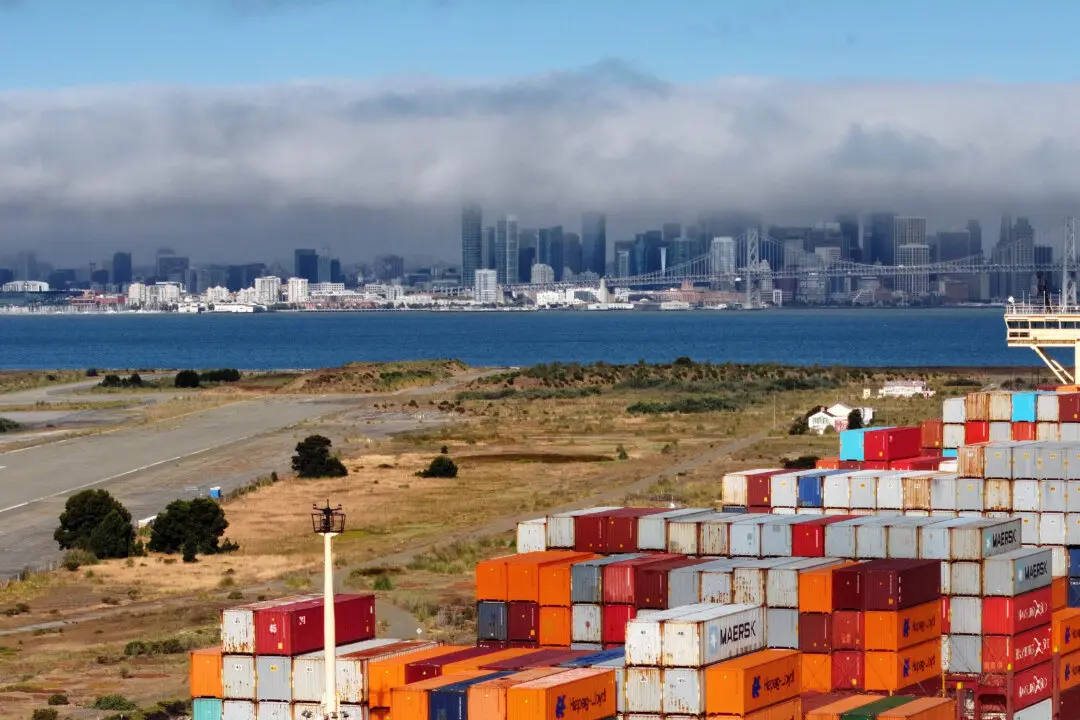Japan’s trade ministry plans to end Tokyo Electric and Power Co’s (TEPCO) blackouts this month. The ministry is planning to ask corporate power consumers in the Tokyo region to cut their usage by 25 percent, in order to prevent prolonging the rolling blackouts, sources told the Japan Times.
The government thinks blackouts would be too great a burden on people during Japan’s summer heat and is trying to find ways to cut energy demand to 25 percent of last summer.
Although TEPCO’s energy production from nuclear and thermal power plants is down 23 percent since the March 11 triple disaster, rolling blackouts have not been as widespread as originally expected.
TEPCO provides power to the Kanto region, which includes Tokyo and surrounding prefectures. The region is home to a third of Japan’s population and consumes a third of the energy sold in Japan.
Now the trade ministry wants to prevent blackouts altogether by urging corporate and industrial bulk consumers to cut consumption on their own.
“We will seek to obviate the need for rolling blackouts,” Trade Minister Banri Kaieda said Wednesday at a Diet committee meeting for Industry and Economy, reports the Japan Times.
The government proposal targets industrial power users, but the government is also asking citizens to further cut energy consumption and has set up a website to provide suggestions and encourage consumers to help prevent blackouts.
The government says office buildings, which abound in Tokyo, are one of the largest energy consumers. But factories also populate the area, including some run by Nissan Motor Co. and Nippon Steel Corp.
“If we don’t have power, we can’t make cars,” said Nissan spokesman Mitsuru Yonekawa, reports AP.
But Nissan and other car manufacturers have also been idling because many parts suppliers in the northeast were hit by the quake and tsunami or lost employees.
Nippon Steel, on the other hand, operates a factory in the Tokyo region 24 hours a day. Rotating energy use among businesses, one proposed plan, would hurt production.
At present, TEPCO canceled blackouts for the rest of this week through Sunday April 10. It cited reduced demand because of warmer weather and success boosting its supply capacity.
The next blackouts are scheduled for Monday April 11. TEPCO has divided its service area into five groups and anticipates blackouts will last three hours for a group.
But some say blackouts have been erratic with the schedule changing without notice.
“The outages are supposed to be planned and announced in advance, but so far they’ve been sporadic. Announcements are made and then changed on an almost hourly basis,” write Philip Brasor and Masako Tsubuku at their Japan Times blog Yen for Living.
They explain that TEPCO implements a blackout only if it doesn’t have enough power at a given point in time, and doesn’t know if it will until very close to that time. So that makes the blackouts unpredictable.
Within specified districts, some neighborhoods experience blackouts and some don’t because blackouts are implemented by transformer stations. So sometimes one side of a street can have its electricity cut off and the other side not.
The government thinks blackouts would be too great a burden on people during Japan’s summer heat and is trying to find ways to cut energy demand to 25 percent of last summer.
Although TEPCO’s energy production from nuclear and thermal power plants is down 23 percent since the March 11 triple disaster, rolling blackouts have not been as widespread as originally expected.
TEPCO provides power to the Kanto region, which includes Tokyo and surrounding prefectures. The region is home to a third of Japan’s population and consumes a third of the energy sold in Japan.
Now the trade ministry wants to prevent blackouts altogether by urging corporate and industrial bulk consumers to cut consumption on their own.
“We will seek to obviate the need for rolling blackouts,” Trade Minister Banri Kaieda said Wednesday at a Diet committee meeting for Industry and Economy, reports the Japan Times.
The government proposal targets industrial power users, but the government is also asking citizens to further cut energy consumption and has set up a website to provide suggestions and encourage consumers to help prevent blackouts.
The government says office buildings, which abound in Tokyo, are one of the largest energy consumers. But factories also populate the area, including some run by Nissan Motor Co. and Nippon Steel Corp.
“If we don’t have power, we can’t make cars,” said Nissan spokesman Mitsuru Yonekawa, reports AP.
But Nissan and other car manufacturers have also been idling because many parts suppliers in the northeast were hit by the quake and tsunami or lost employees.
Nippon Steel, on the other hand, operates a factory in the Tokyo region 24 hours a day. Rotating energy use among businesses, one proposed plan, would hurt production.
At present, TEPCO canceled blackouts for the rest of this week through Sunday April 10. It cited reduced demand because of warmer weather and success boosting its supply capacity.
The next blackouts are scheduled for Monday April 11. TEPCO has divided its service area into five groups and anticipates blackouts will last three hours for a group.
But some say blackouts have been erratic with the schedule changing without notice.
“The outages are supposed to be planned and announced in advance, but so far they’ve been sporadic. Announcements are made and then changed on an almost hourly basis,” write Philip Brasor and Masako Tsubuku at their Japan Times blog Yen for Living.
They explain that TEPCO implements a blackout only if it doesn’t have enough power at a given point in time, and doesn’t know if it will until very close to that time. So that makes the blackouts unpredictable.
Within specified districts, some neighborhoods experience blackouts and some don’t because blackouts are implemented by transformer stations. So sometimes one side of a street can have its electricity cut off and the other side not.







